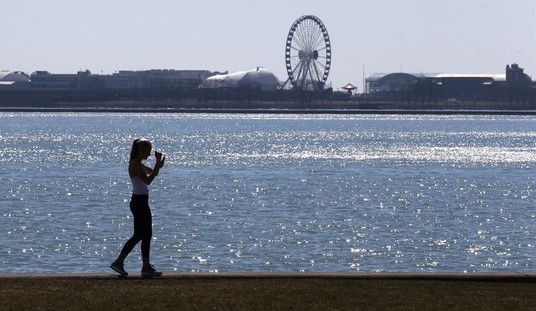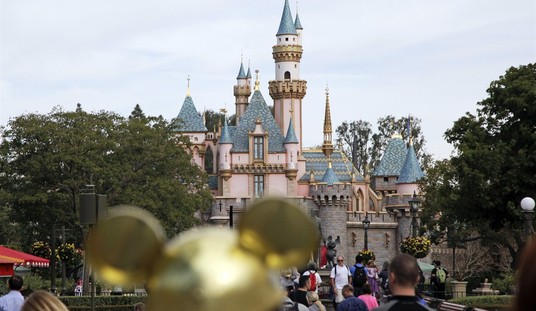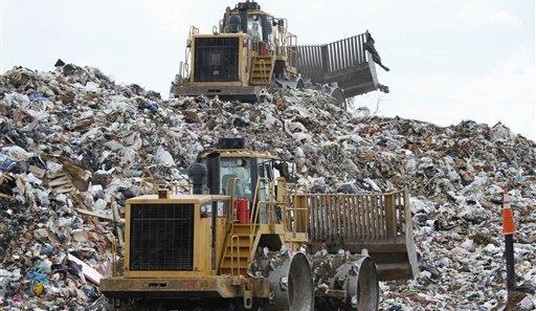Judging by the number of House Democrats who are abandoning ship ahead of the 2022 midterm elections alone (the number currently stands at 26, with more sure to follow), some Democrats obviously are well aware of the writing on the wall when it comes to their chances of retaining the House later this year.
Issues like the economy, inflation, the unemployment situation, and the ongoing coronavirus pandemic loom large for Joe, who one year since his inauguration has seen his approval rating plummet from a high of 63% in one post-inauguration poll to 33% in one from just last week.
Though Biden trotted into the Oval Office in a blaze of glory, propped up by a mainstream media eager to get back to “business as usual” (read: “scratch our backs, we scratch yours” relations) with a Democratic presidential administration, the shiny newness has worn off and the icing is off of the cake, with cold, hard reality rearing its ugly head.
That reality is that Biden is not only not the uniter in chief he promised to be, but he’s also a pretty ineffective leader whose priorities are not what they should be and who can’t even bring his own party together to get behind him in passing Democrat agenda items.
Gallup Polling has conducted comprehensive quarterly surveys going back decades to gauge the political party preferences of voters. Typically, Democrats tend to have the edge in these surveys, but something pretty remarkable happened in the fourth quarter last year:
On average, Americans’ political party preferences in 2021 looked similar to prior years, with slightly more U.S. adults identifying as Democrats or leaning Democratic (46%) than identified as Republicans or leaned Republican (43%).
However, the general stability for the full-year average obscures a dramatic shift over the course of 2021, from a nine-percentage-point Democratic advantage in the first quarter to a rare five-point Republican edge in the fourth quarter.
[…]
The GOP has held as much as a five-point advantage in a total of only four quarters since 1991. The Republicans last held a five-point advantage in party identification and leaning in early 1995, after winning control of the House of Representatives for the first time since the 1950s. Republicans had a larger advantage only in the first quarter of 1991, after the U.S. victory in the Persian Gulf War led by then-President George H.W. Bush.
What brought about the change? They note in their piece that there was a correlation last year between shifts in party preference and presidential approval ratings. And Biden’s began falling dramatically in the third quarter as reality set in for voters.
This is something that played out in the Virginia red wave of 2021, where independent voters shifted to Republican gubernatorial nominee Glenn Youngkin in part because they weren’t happy with Joe Biden’s performance so far and wanted to send a message.
If these trends hold throughout 2022, it could prove disastrous at the ballot box in November:
Wow. The GOP has trailed the Democrats for virtually the entire time since 1930. If this is replicated and holds up for an entire year, nearly a century of US politics is upended. https://t.co/XABm6yTXLO
— Henry Olsen (@henryolsenEPPC) January 17, 2022
This is the worst fear of Democrats confirmed: Joe Biden has been an awful drag on their party rather than the rescuer they thought they needed. Unfortunately for them, not only are there other “drags” on their party (like AOC), but it also appears that there’s no end in sight to the Democratic party’s woes, especially if Sens. Joe Manchin and Kyrsten Sinema stand firm on preserving the filibuster.
What a shame.
Related –>> ‘Hits Keep Coming’: The Last Four Days for Joe Biden Were Even Worse Than We Thought














Join the conversation as a VIP Member